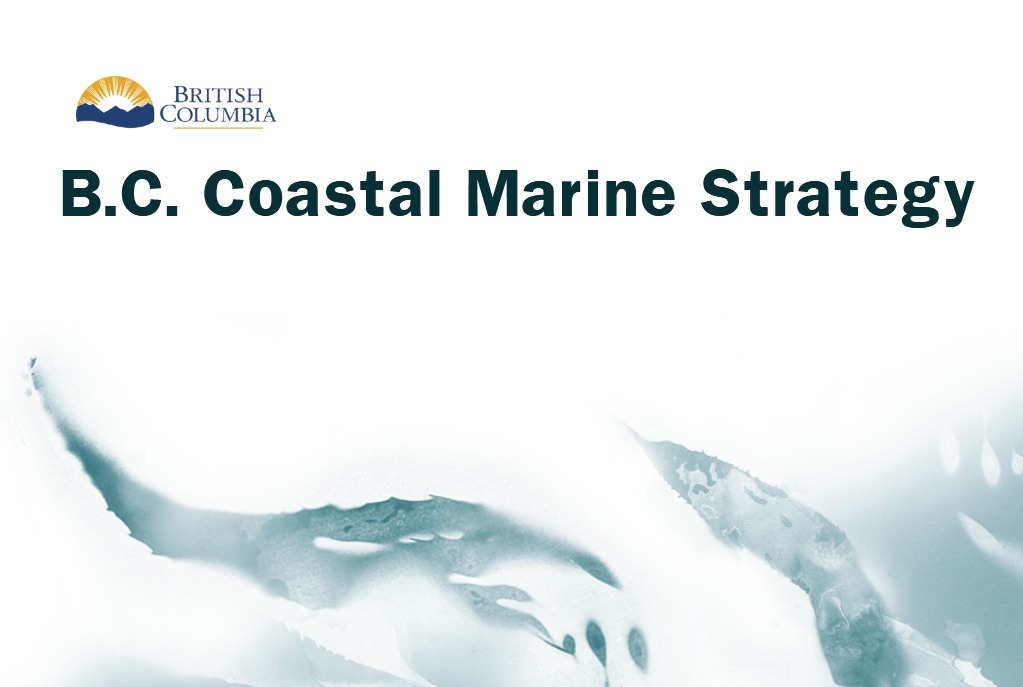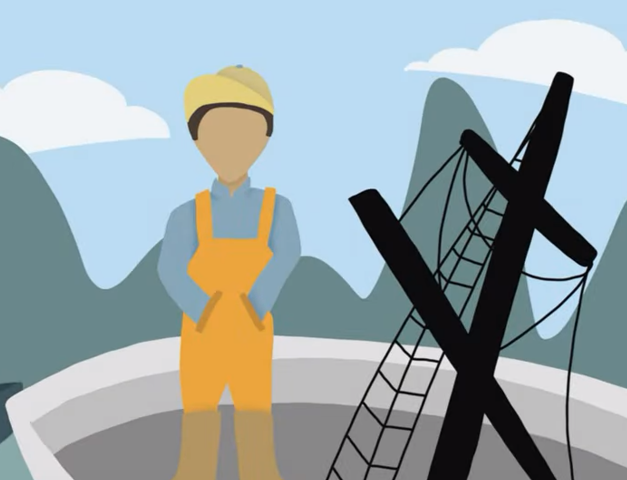ABOUT BLUEPRINT FOR THE COAST
Since 2019, we’ve been advocating for a BC Coastal Marine Strategy and law. Fortunately, the Government of BC heard our call for action and released its first Coastal Marine Strategy in July 2024.
The Coastal Marine Strategy is an intersectional plan aiming to boost biodiversity, tackle marine pollution, and recover nearshore habitats with nature-based solutions – all the while advancing Indigenous coastal management, building up resilience to climate change, and working to revitalize coastal communities and economies. At long last, we can start to address coastal concerns through a proactive approach, rather than the disorganized and ad-hoc methods of the past.
Now, we’re campaigning to ensure the Coastal Marine Strategy is effectively implemented, resourced, and strengthened by legislation.
An accompanying law will ensure the policies outlined within the Coastal Marine Strategy are prioritized and able to withstand the inevitable changes in leadership over the course of its 20-year implementation period and beyond.
As we move towards the strategy’s implementation in 2026, we’ll be looking for the following items:
- The development of governance structures, processes, and agreements needed to advance implementation
- A funding model
- Outlined priorities for the first 3-5 years of implementation
- Processes to monitor and track success
- Legislation considerations
Want to learn more? See our frequently asked questions.

Read the Coastal Marine Strategy
Haven’t read BC’s Coastal Marine Strategy? Click here to learn about this strategy’s 20-year vision to create a healthy and resilient coast.

Why Do We Need a Blueprint for the Coast?
Why do we need a Coastal Marine Strategy to serve as a blueprint for the coast? Watch this video to find out how rising sea levels, low fish stocks, and shellfish closures are related.



